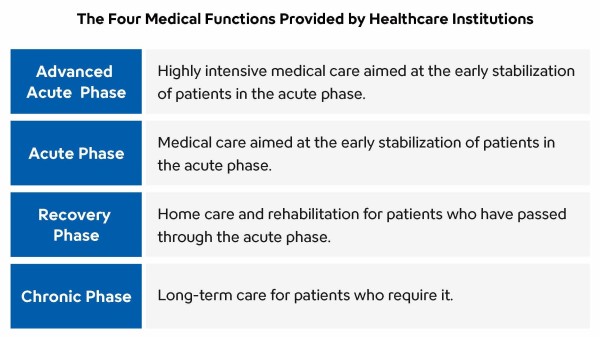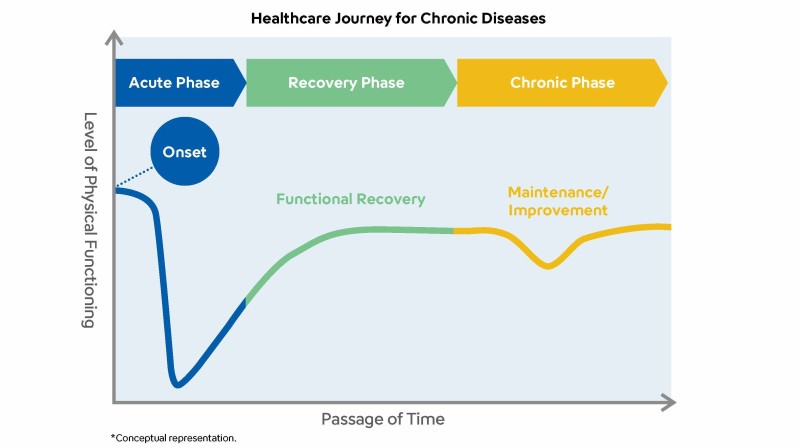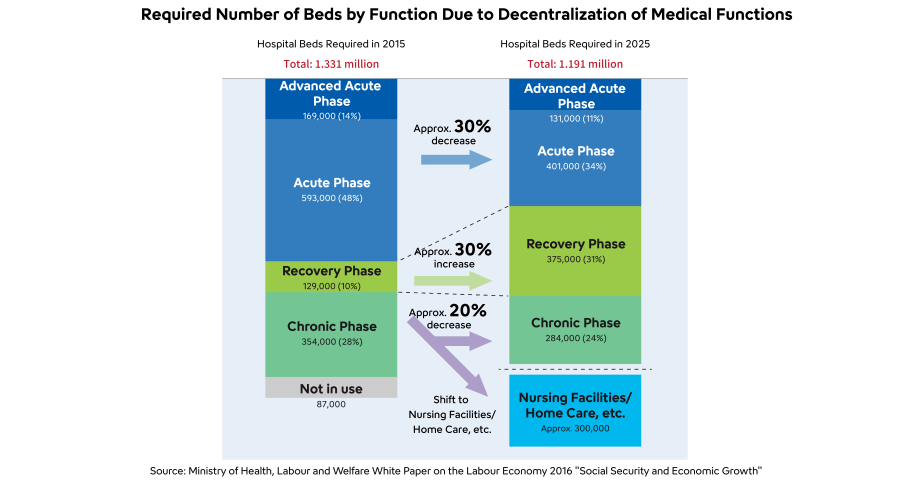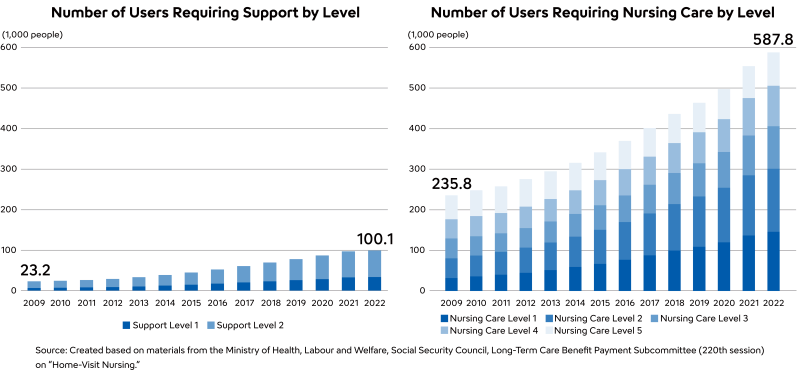Stories
Series: Digital Heathcare Vol. 1
What is Community-Based Healthcare through Decentralized Medical Functions and Enhanced Professional Collaboration?
In Japan, one of the first countries to become a super-aged society, efforts are underway to establish a community-based healthcare system that improves patients’ quality of life (QOL) while ensuring the sustainability of the medical system. In this series, we will introduce the growing importance of regional healthcare collaboration against the backdrop of the decentralization of medical functions, as well as the Sysmex Group’s initiatives in digital healthcare aimed at achieving a better healthcare journey.

Contents
Transitioning from Hospital-Based to Community-Based Healthcare


What Is the Decentralization of Medical Functions?

Why Is Regional Healthcare Collaboration So Important?
Sysmex’s Digital Healthcare Initiatives
Next Story
Contributing to Sustainable Community Healthcare through Digital Technology
- Nurse-to-Nurse Collaboration Enhancing Patients’ Innate Strength -
In Vol. 2 of the “Digital Healthcare” series, Seiki Okada, President of D’PULA Medical Solutions, a Group company of Sysmex, introduces D’PULA’s current efforts to realize sustainable community-based healthcare through collaboration systems between hospitals and communities.
Column: Understanding Visiting Nursing
This service involves nurses and other healthcare professionals visiting the homes of individuals who require medical care and are bedridden or unable to act independently. The goal is to provide care and support for medical treatment at home, in line with the wishes of the individual and their family, to maintain and improve health and QOL. It encompasses everything from prevention to end-of-life care, including medical care such as IV drips and injections, bed sore prevention, medication management, and rehabilitation, all under the direction of the primary physician.
Home-visit care, which aims to support independent living and prevent the need for long-term care, differs from visiting nursing in terms of the services and the insurance coverage available in Japan.
The increasing number of visiting nursing users in Japan

Related Keywords
- Information contained in the stories is current as of the date of the announcement,
but may be subject to change without prior notice.

